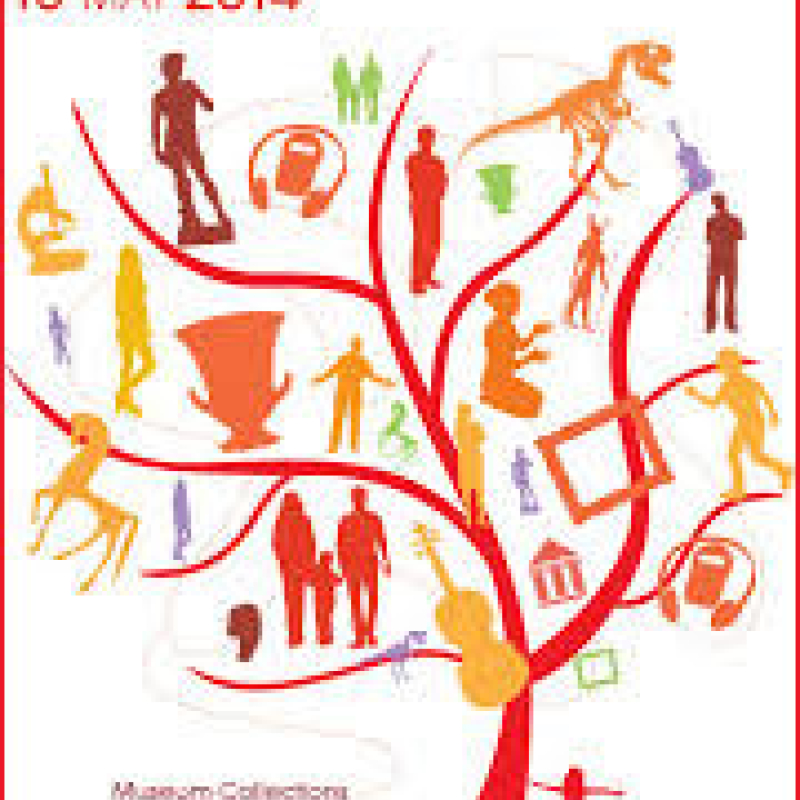International Museum Day (May 18) was created by the International Council of Museums (ICOM) in 1977 as a celebration of the role played by these institutions in the development of human society as well as a platform to debate and discuss society’s contribution to the development of museums. This symbiotic relationship lies at the heart of every museum—as societies evolve, museums too must evolve. They have changed from being statements of imperial power to post-colonial expressions of shifting identities, from elite enclaves to public spaces and from private ‘cabinets of curiosities’ to collective cultural heritages. We now have an astounding variety of museums, which have paved the way for dialogues on curation, collections, viewership and social engagement.
Each year ICOM suggests a theme to focus on and this year museums across the world were looking at how ‘Museum collections make connections’. The recent controversy surrounding a Chola-era Nataraja statue, which was stolen from a temple in Tamil Nadu, smuggled out of India, eventually landing up at the National Gallery of Australia in Canberra and the restitution dispute between the two countries, presents us with an opportunity to reflect further on this theme. To understand the issues centering on the episode, we interviewed A. Srivathsan, a journalist with years of experience in the field of heritage and antiquities. He explains how art theft is still not taken seriously by Indian authorities and suggests that India requires not just a stronger vigilance body but also a more imaginative approach to its own museums. We also interviewed art historian and curator Naman Ahuja, who emphasises this need for ‘a look within’, calling for policy reforms, extensive research and better documentation.
While Srivathsan feels that objects have a ‘higher level of significance’ in the cultural region of their origin, cultural historian Tapati Guha-Thakurta, broadens the discussion by exploring the process of museumisation itself. In her paper ‘Our Gods, Their Museums’, which first appeared in the journal Art History (December, 2007) and is reprinted here with her kind permission, she attempts to ‘…foreground the ambivalence and instability of identities—the unresolved tensions between sacred and aesthetic tropes—that surround the contemporary lives of India’s art objects both within and outside the precincts of museums.’
Guha-Thakurta refers us to art historian Carol Duncan’s work, which represents western museums as ‘ritual structures’ in themselves. In her book Civilizing Rituals: Inside Public Art Museums (1995), Duncan talks about how the ‘capacity of the museum to frame objects as art and claim them for a new kind of ritual attention could entail the negation or obscuring of other, older meanings.’ How then does framing affect our ‘ways of seeing’? What changes when the same object is viewed in a temple or a museum? Do ‘objectified’ cultures have a voice of their own and how do museums include this voice? Harsha Vinay, Assistant Curator at the National Gallery of Modern Art, Bangalore, helps answer these questions in an interview.
Thus, a journalist, a cultural historian, an artist/curator and an art historian/curator, bring alive the complex being that is the modern museum!
